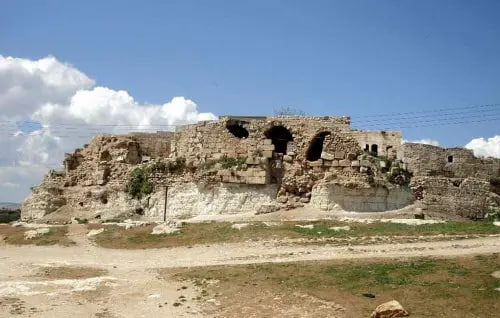
Maarrat al-Numan Castle
The Maarrat al-Nu’man Citadel is located on the top of a high limestone plateau overlooking the trade route that connects the cities of Hama and Aleppo. It is surrounded on

The Maarrat al-Nu’man Citadel is located on the top of a high limestone plateau overlooking the trade route that connects the cities of Hama and Aleppo. It is surrounded on
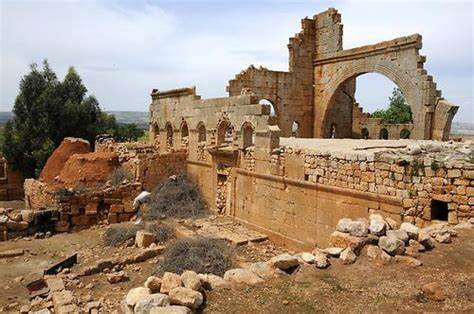
Ruweiha is located on top of a limestone plateau in the heart of Mount al-Zawiya and was one of the richest centers of Byzantine rural life. It was built in

Bab al-Hawa: A Gateway Between Civilization Bab al-Hawa has long served as a historic gateway connecting Anatolia with the plains of Idlib. The current stone arch was erected in the
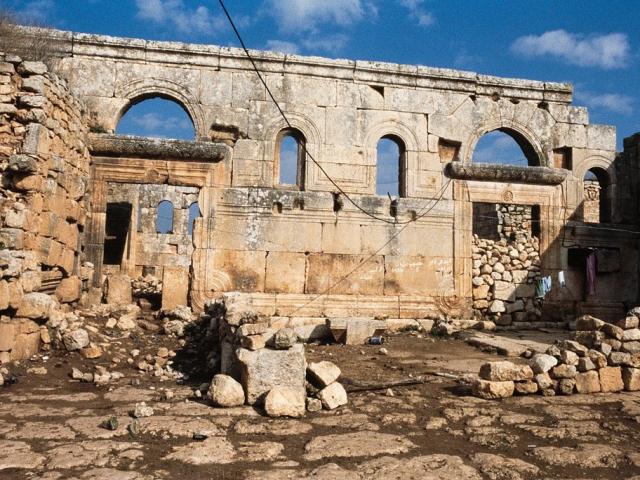
Deir Sita: A Sanctuary of Ascetic Life Perched on a hill overlooking the olive plains of Jabal al-Zawiya, Deir Sita was established around 520 AD as a spiritual haven for

The Church of Qalb Al Louza stands in the small Druze village of Jabal al-Samaq and is considered a gem of early Byzantine architecture. It was built around 460 AD
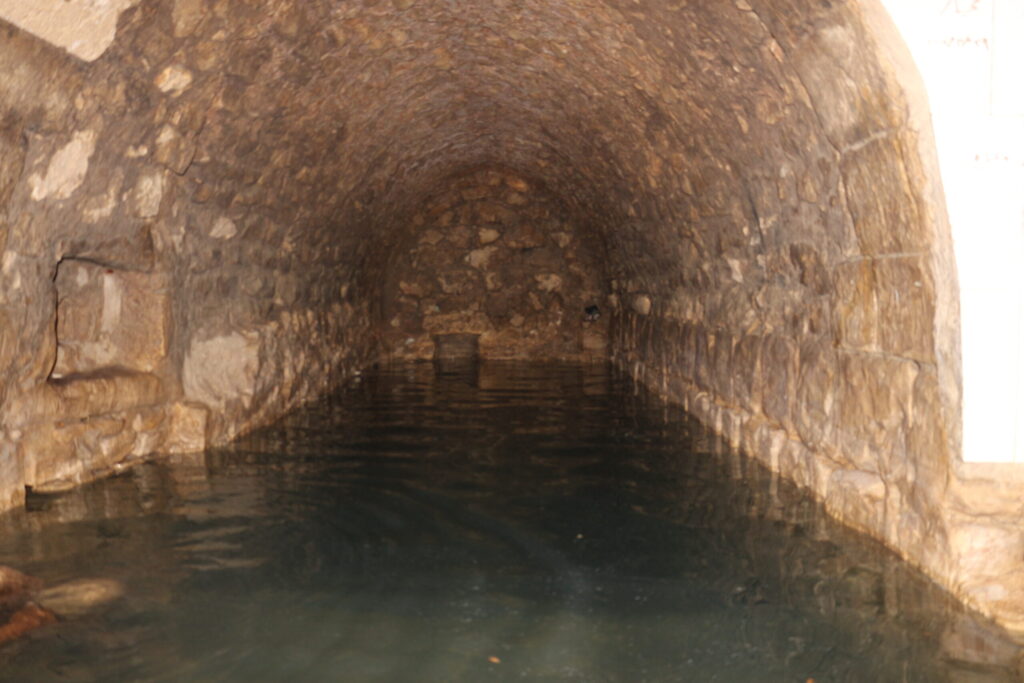
The Hammam of Sheikh Issa is located on the western bank of the Orontes River and derives its name from the nearby shrine dedicated to Sheikh Issa. The sulfuric waters
Shinshirah, whose name means place of rest in Syriac, lies peacefully among olive groves. Established in the early 5th century AD, the site is distinguished by its twin temples, separated
Serjilla is situated on a gentle slope of Mount Zawiya and serves as an exceptional example of Byzantine rural towns. Founded in the fifth century AD, just before the internal
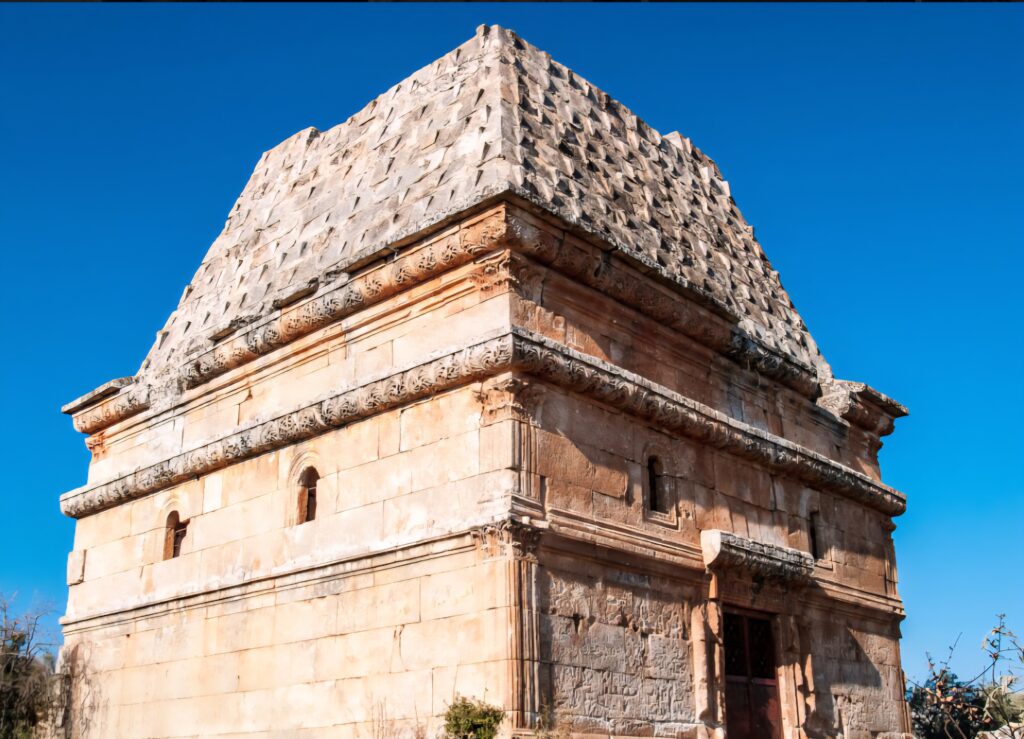
The ruins of Bara scatter across the slopes of Mount Zawiya, marking it as one of the largest dead cities in Syria. Founded by rural landowners in the fifth century

Harem Castle Harem Castle sits atop a hill rising over 300 meters, overlooking the entire Al-Ghab plain. It was originally built by the Byzantines as a watchtower, then expanded by

جميع الحقوق محفوظة لصالح JCI Aleppo
All rights reversed to JCI Aleppo